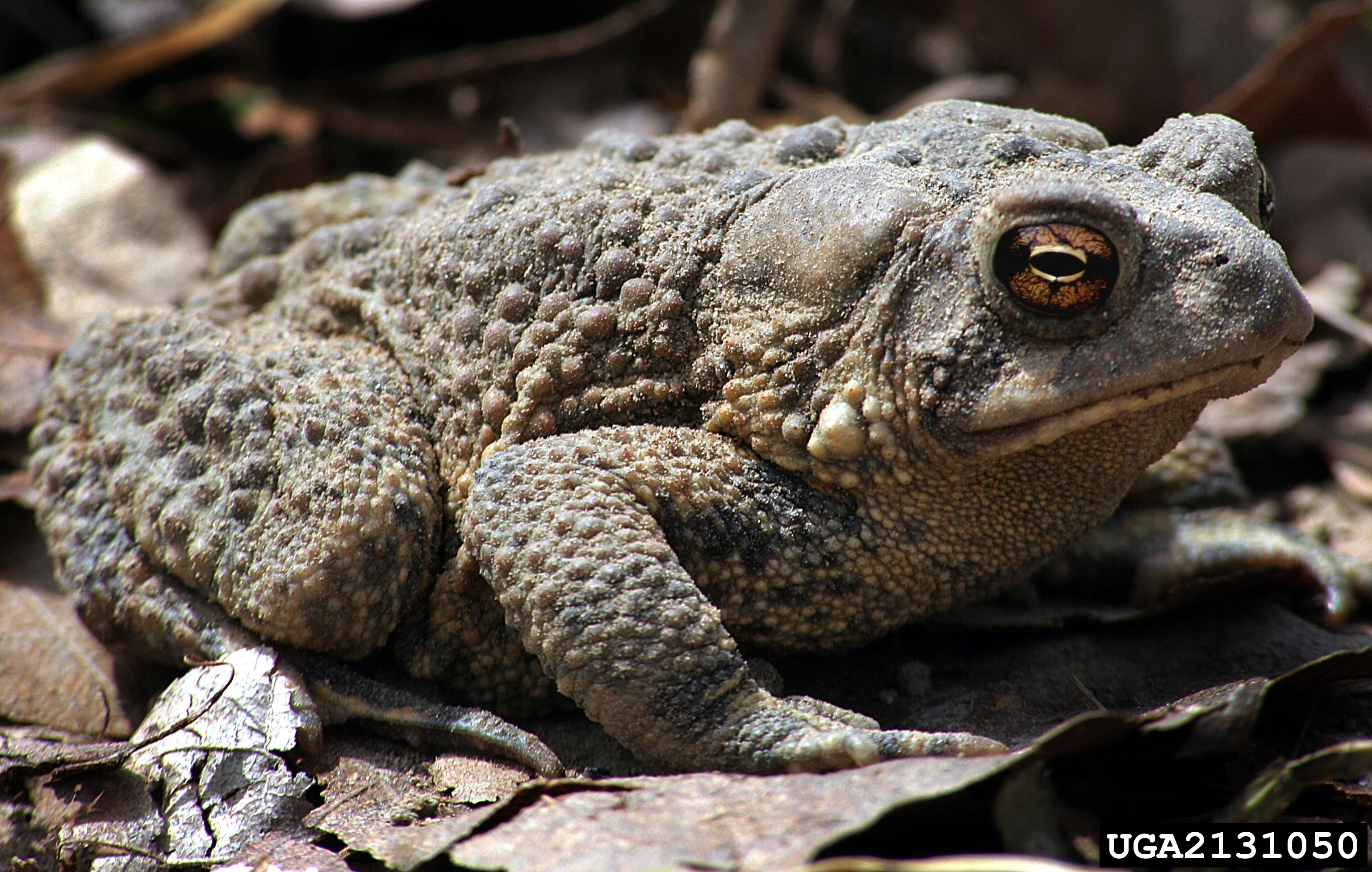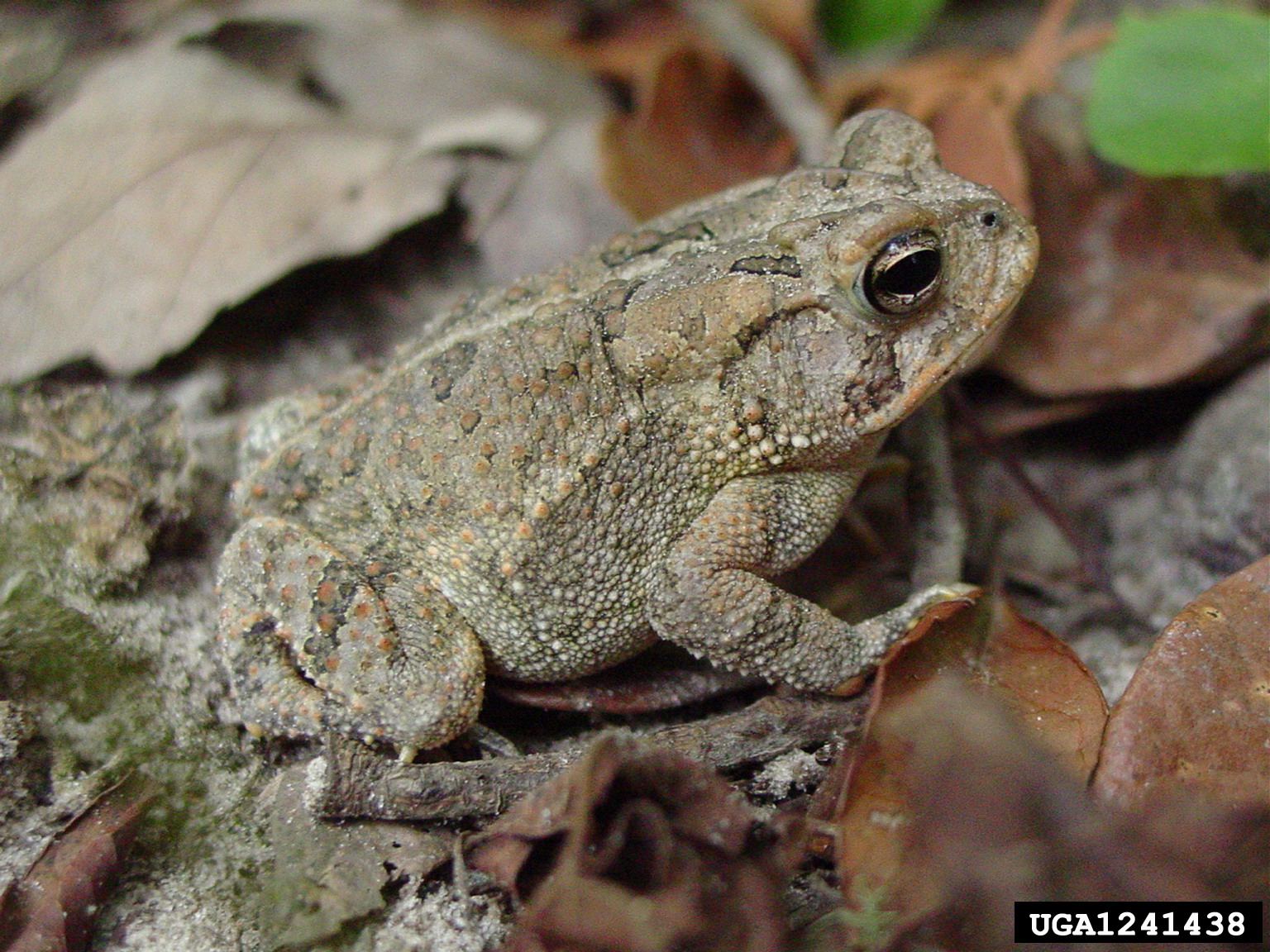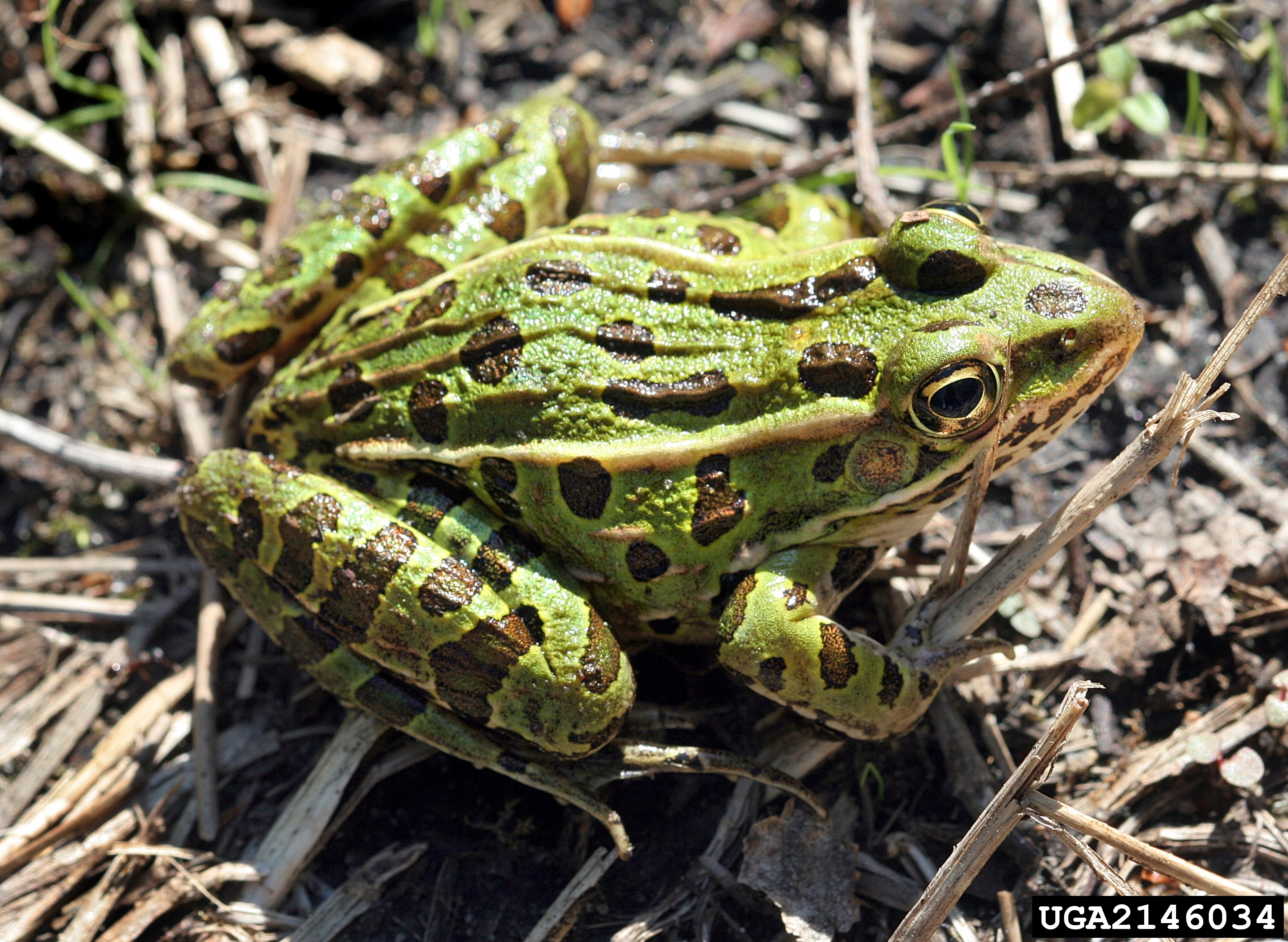Science ideas for preschoolers: Rock ‘n roll frogs
Learn how to identify frog calls with kids of any age.

There are a dozen species of frogs and toads that live in Michigan. Frogs are an important part of the ecosystem and can be identified by their distinctive songs. Each of these ambitious amphibians has a song that is unique. Contrary to what you may have learned in kids’ books, none of these critters say “ribbit.” Usually the males are singing, trying to impress the females with their voice. In spring and early summer, you can listen for the frogs and toads singing (use this frog calling calendar to find the average time frogs can be heard).
The variety and number of frogs you hear singing can help you determine how healthy the environment is where you live. You can even report your observations online.
Songs and details on all our Michigan frogs and toads is available from the Michigan Department of Natural Resources.

- Blanchard’s cricket frogs (acris crepitans blanchardi) are a rare frog in Michigan. They sing between mid-May and mid-July in a normal year. Their song sounds like tapping two marbles together.
- Bull frogs (rana catesbeiana) are the largest frogs in Michigan. They sing in June and July and sound like a very deep “jug o’ rum.”
- American toads (bufo americanus americanus) are what some consider to be one of the ugliest of our frogs and toads, but have one of the prettiest calls. They breed in April and May and their song is a drawn-out trill.
- Fowler's toads (bufo woodhousei fowleri) like the sandy soils on the western side of Michigan. Their call almost sounds like a very upset baby crying “WAAAAAHHHH!” They breed in April and May.

- Gray tree frogs (hyla versicolor and hyla chrysoscelis) can change their color to match their surroundings. They have a short trill that can be made by vibrating your tongue against the roof of your mouth like you are trying to purr, but make the sound higher and louder.
- Green frogs (rana clamitans melanota) are the most common frog in Michigan and can get quite large. They sound like plucking a rubber band.
- Mink frogs (rana septentrionalis) only lives in the Upper Peninsula in Michigan. They sound like tapping on a hollow piece of wood.
- Northern leopard frogs (rana pipiens) sounds like a person snoring loudly.
- Northern spring peepers (pseudacris crucifer crucifer) get confused for birds. They are called peepers because they actually peep. Some people say they are singing “knee-deep, knee-deep.”
- Pickerel frogs (rana palustris) have a call that sounds like the sound made when rubbing your thumb over an inflated balloon slowly.

- Chorus frogs (pseudacris triseriata triseriata) are the first frogs I hear in spring. I often hear them when snow is still on the ground. They sound like the sound made when dragging your thumbnail over a comb.
- Wood frogs (rana sylvatica) have a call that is one of the most difficult to describe. They sound like a quiet duck, or they have sometimes been described as “chuck-chuck-chuck.”
Activity: Make a frog band
Using voices or the instruments mentioned above, have children wear a name tag and pretend to be that frog and sing until their heart's content. You could have the students play leap frog and make their sounds as they are jumped over. You can also go out in the evening near a wet area, like a pond, lake or wetland, and discover what kids can hear.
This article is part of a series of articles on science activities about the natural world that anyone can conduct with preschoolers. This can be done within a family, in a day-care setting, as part of school activities or with any group working with preschoolers.



 Print
Print Email
Email


